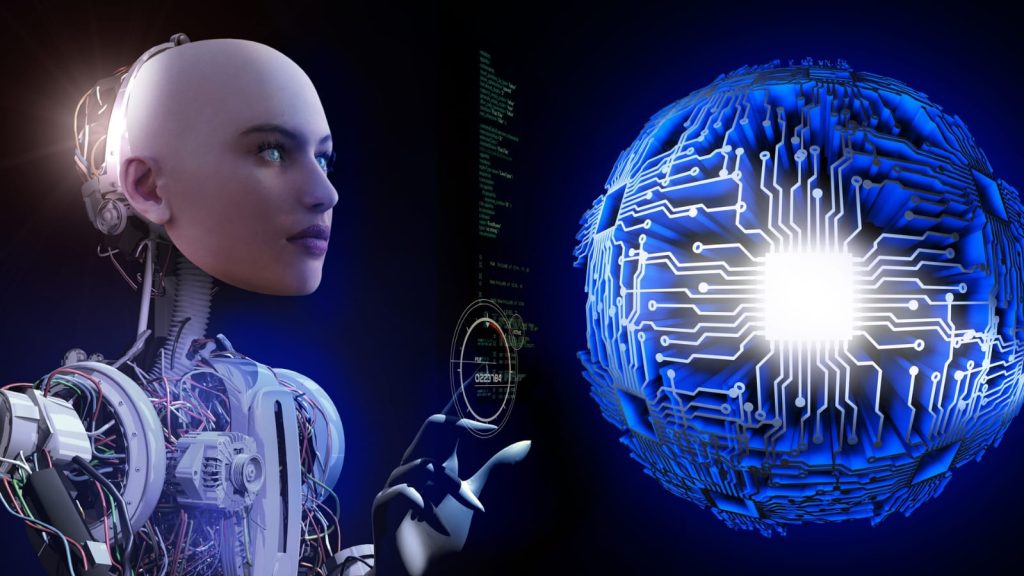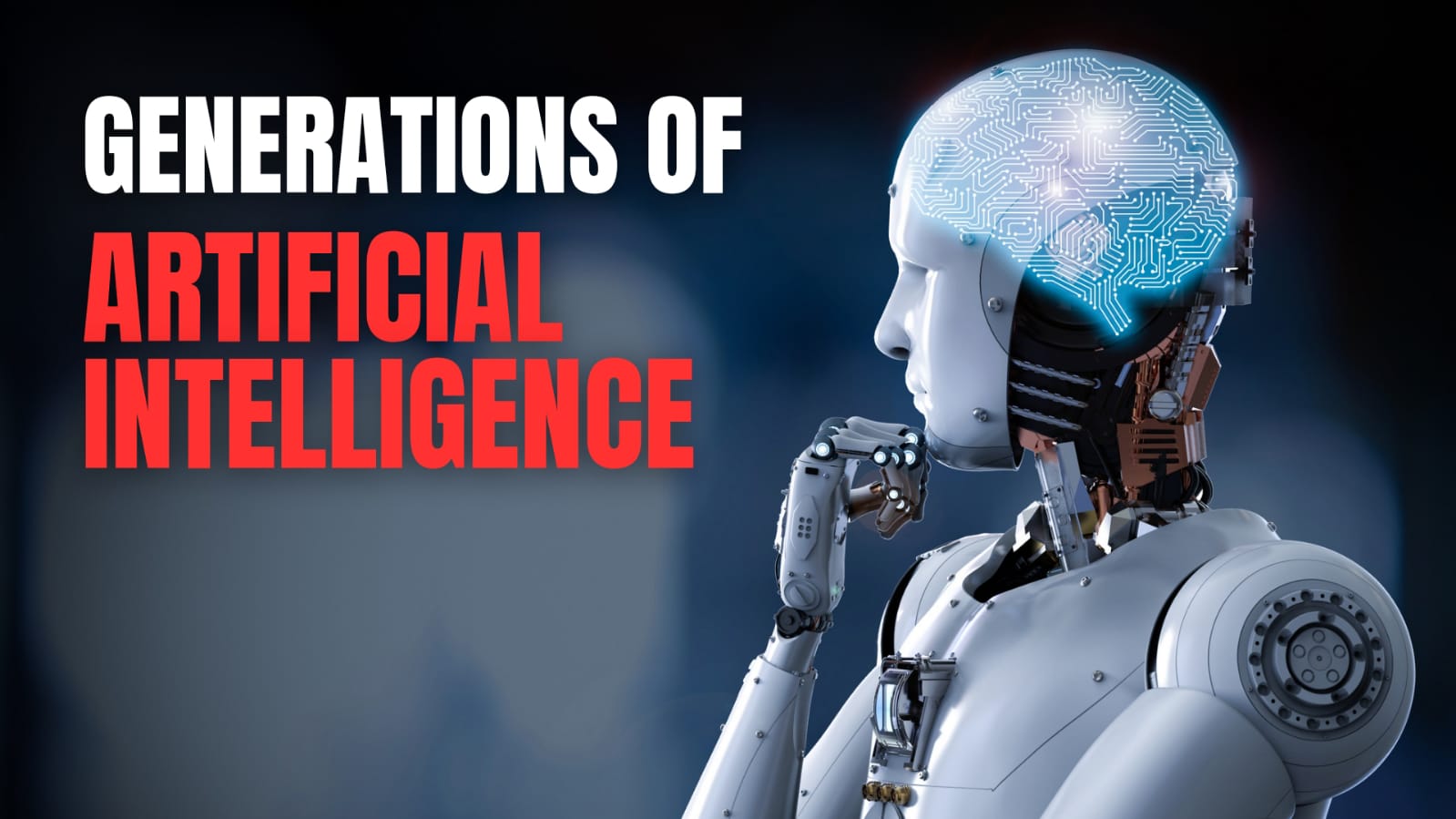Artificial intelligence has evolved, modified, and grown over time, marked by awesome generations. Each phase brings forth improvements, demanding situations, and paradigm shifts that form the landscape of AI. By the end of this video, you may discover the five generations of AI, from the start to the trendy traits.
1. First-generation Handmade AI
In the initial segment of AI, known as the primary generation, intelligence structures were mainly crafted by humans. During this period, AI couldn’t educate itself and depended on professional knowledge to clear up choice-making, optimization, or search troubles. The capacity for abstract questioning was confined at this stage. This method, at the same time as being powerful for unique types of issues, had its limitations due to its reliance on human information. Imagine a primary AI system from the primary generation as a helpful assistant for a mail order organization. Its task is to discern the pleasant manner to percent objects in a massive order to store on transport fee. It analyzes such things as how many packages to apply and what sizes to make them, all to make certain the shipping fees are as little as feasible while the gadgets are dispatched for shipping.
2. Second-generation statistical studying.
In the second technology of AI, chess computer systems, just like the well-known Deep Blue, emerged. These computers are fed with the regulations of the chess game and can independently calculate the significant actions among all opportunities. A widespread milestone occurred in May 1997 when Deep Blue finished a historic victory by defeating the reigning chess international champion Kasparov. The triumph was made feasible through enormous computing power, electricity, and specialized hardware. Getting exact at the sport of Go, famous specifically in Asia, took nearly twenty years after computer systems conquered chess. Go is trickier than chess due to the fact that there are way more viable movements. It has too many alternatives in a massive puzzle. Just looking at all the viable movements doesn’t effortlessly tell you the first-class one. But in March 2016, a program called AlphaGo did something tremendous. It beat the arena champion, Lee Settle. It did this through the usage of clever strategies from deep learning, clever PC hints called deep neural networks. The 2D generation of synthetic intelligence is often referred to as statistical mastering. Although the generation at the back of it’s been around for a while, it commenced gaining traction, especially after 2012. This technology of AI has delivered us things like speech popularity and device translation, as well as ordinary assistants like Siri, Alexa, and Google Assistant. Besides the familiar achievements, AI has quietly come to be statistically better than humans in less-acknowledged regions like lip-reading. People frequently discuss this as statistical superiority in the 2D era of AI, as it excels at solving problems regarding uncertain selections. In conditions where there is no clean, proper, or wrong solution right away, fixed rules turn out to be vital for statistical systems. Without those regulations, expertise and explaining the device’s behavior would be a whole lot trickier. For example, researchers have shown how neural networks may be tricked by using particular styles. In one example, a machine would possibly see a cheetah in an image that appears as random noise to a human. It suggests the issue of deciphering AI selections in situations where fact is elusive.

3. Third Generation. Explainability and Generative Models.
In the third era of artificial intelligence, the focus for researchers isn’t always just on creating a machine that could acquire a preferred end result, but also on developing the potential to explain how it arrives at that result. Transparency is a key consideration in this context, aiming to make the reasons behind AI choices understandable and transferable in a form that people can comprehend. It’s approximately making AI structures more transparent and responsible in their selection-making methods. Instead of bombarding the AI with plenty of cheetah pix to study from, we could try a unique idea. We display the AI as a way to paint a cheetah. Then, rather than asking, does this look like a cheetah? We ask, in case you had been painting a cheetah, should it turn out something like this image here? This way, we are encouraging the AI to be innovative and apprehend cheetah-like functions, not simply memorize a bunch of examples.
4. The Fourth Generation of Artificial Intuition
Now, let’s communicate approximately the fourth era of AI, referred to as artificial intelligence. It empowers computers to understand threats and opportunities without express instructions, just like how human instinct allows us to make choices without particular guidance. Think of it like a professional detective sensing something amiss at a crime scene or an experienced investor spotting a trend early on.

Leave a Reply